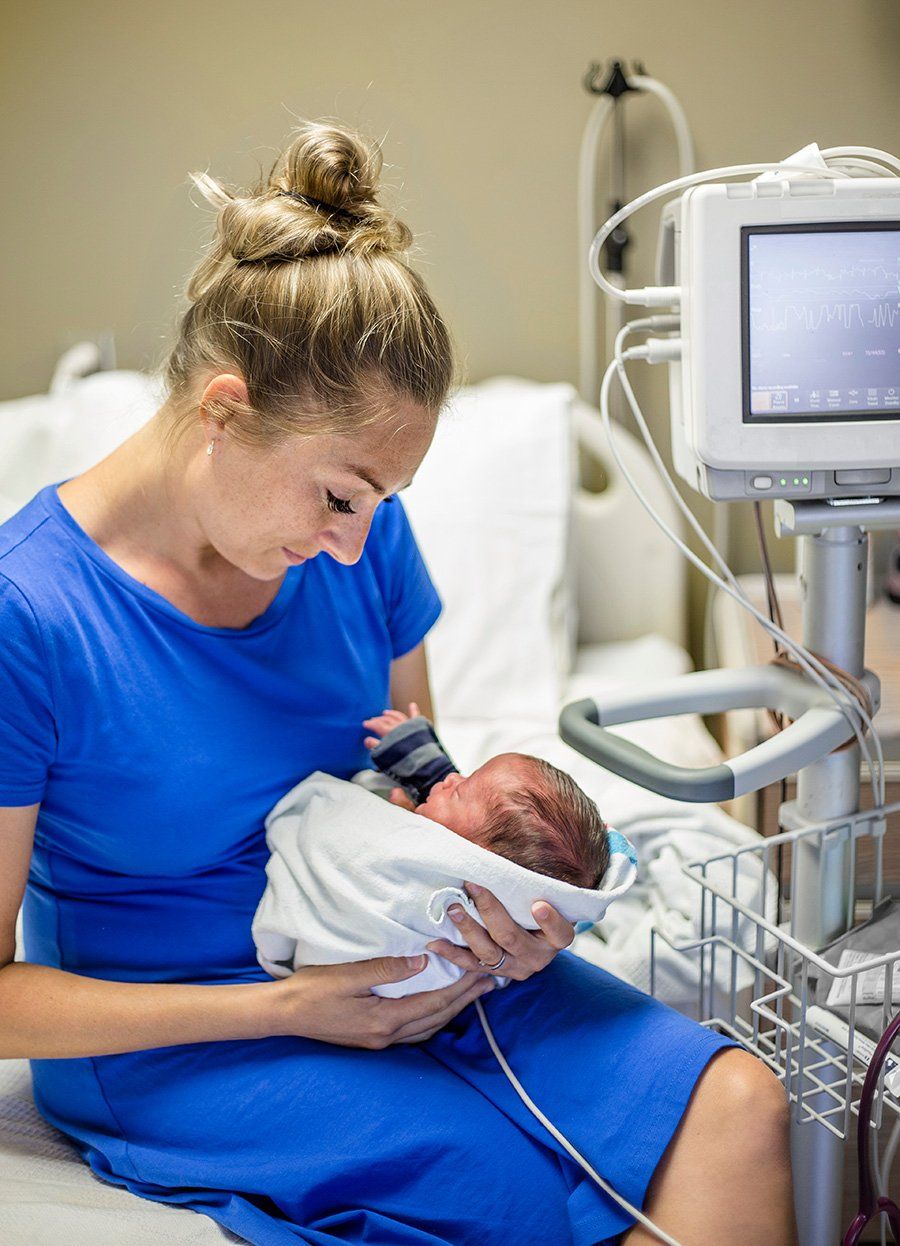FMCM for Developmental Delays Healing the Child, Healing the Family
FMCM for Developmental Delays
Healing the Child, Healing the Family
Can fascial compressions create developmental delays? In many cases, yes.
A twelve-month-old presented with several developmental delays. The mother reported that her child was unable to roll over until he was long past seven months old, he was unable to crawl, unable to pull himself up into standing, and he had not met the language milestone of babbling typical baby consonants, such as mama and baba.
The other MAJOR issue that presented for this child was sleep issues. During the evaluation, the mother reported that the entire family was sleep-deprived and desperate for rest, after twelve months of not having any at all.
The family had consulted with their pediatrician and a physical therapist, both which stated that they were not concerned about their child since he was on the late side of the normal curve. However, their parental intuition told them that this not normal, and these issues were not something that her child would just “figure out on his own”.
The child was born at 41 weeks and with no complications other than the cord being wrapped around his neck, a nuchal cord. In the current medical thought, once the cord is unwrapped and the baby begins to breathe, everything is fine. But it is not fine.
Through our clinical experience with over 3,000 patients, we know that the fascial matrix records ALL the elements related to a difficult, traumatic, or stressful event. All events are imprinted, even those that seem inconsequential. The matrix holds the memory of the trauma creating a cascade of compressions through the rest of the body, which eventually leads to imbalances and dysfunction.
We have found that fascial strains, that occur from a nuchal cord, impact the neck and throat of a newborn, and create restrictions that ripple into the entire fascial web. In other words, the entire body is impacted by the stressful experience. Furthermore, the neck and throat may look healthy, yet the unseen tight fascia is acting like the cord is still wrapped.
As the fascia holds the memory of the trauma, the newborn will remain in a “stuck” state of fight and flight, right from the minute they are born. This imprint will make it extremely difficult for the fascial weave to release and relax. This newborn will stay bound by the fetal flexion imprint, which is a subtle, but significant disturbance to the function of the body.
Contrary to common view, the child will not grow out of these compressions and restrictions, but instead will grow into functional and structural limitations. As the infant grows, the fascial weave will crystallize and become rigid making it difficult for the child to meet their developmental milestones.
On my assessment, I discovered and treated fascial strain from his sinuses to his pelvis, all weaving through the structures in between these two points. The compressions were indicative of trauma to the airway, “locking” the child into a compressed pattern. The pathway of compression included strain in the throat, tongue, sinuses, trunk, spine, and pelvic girdle.
After the first two FMCM sessions, the child’s mother reported that her son slept through the night for the first time in his full year of life. Shortly after, the mother reported that he was now sleeping with a closed mouth and no longer in open mouth posture.
As integration continued from each treatment, the mother reported significant progress – her son began crawling and was then able to pull himself up into standing. Speech came quickly as he began babbling the typical baby sounds of mama and baba.
Adhesions, compressions and scarring of the fascial matrix will create a derangement of the weave of the connective tissue resulting in a reduction of tensile strength and range of motion within the structure of the body. The FMCM approach elongates and restructures the scarring and adhesions within the fascial matrix, helping to restore agility, strength, and overall function.
Once the fascial compressions held within the pathway of trauma were addressed for this child, the suspension of the matrix could relax, allowing the muscles, organs, and nerves to function more optimally.
The mother reported back after several months:
“It is now less than six months later, and my son can move freely, babble, and has started speaking his first two words. He learned how to sit and stand without help from us and he is walking with assistance. AND he continues to sleep through the night with his mouth closed!
Every bit of progress happened after each session and it’s clear that Michael’s work has been the heaven-sent catalyst for our son’s growth.
We are so grateful for all that Michael has done to help our child and our family.”
A beautiful testimony of the entire family healing. Healing the child = family healing.
Michael and Kristen Myers, LMT, Copyright 2022
ABOUT
At the Myers Institute®, we specialize in the Fascial Matrix Connection Method® and Somatic Movement Therapy (The Matrix in Motion). This holistic approach to wellness emphasizes the healing potential of the facial matrix. With over twenty-one years of practice, our methods provide a comprehensive path to a rebalanced overall wellness by focusing on the intricate network of the connective tissue system and the body’s natural movement.
Fascial Matrix Connection Method® and The Matrix in Motion Somatic Movement Therapy is intended to serve as an adjunct to medically supervised healthcare. This article is not designed for and does not provide medical advice. All content in this article is for general information purposes only. The content of this article is not intended to be a substitute for professional medical or mental advice or care. You should consult with a healthcare provider for diagnosis and collaborative treatment. Michael Myers, Kristen Myers, and the Myers Institute ® are not responsible for any adverse effects or consequences resulting from the method discussed within the information of this article.









